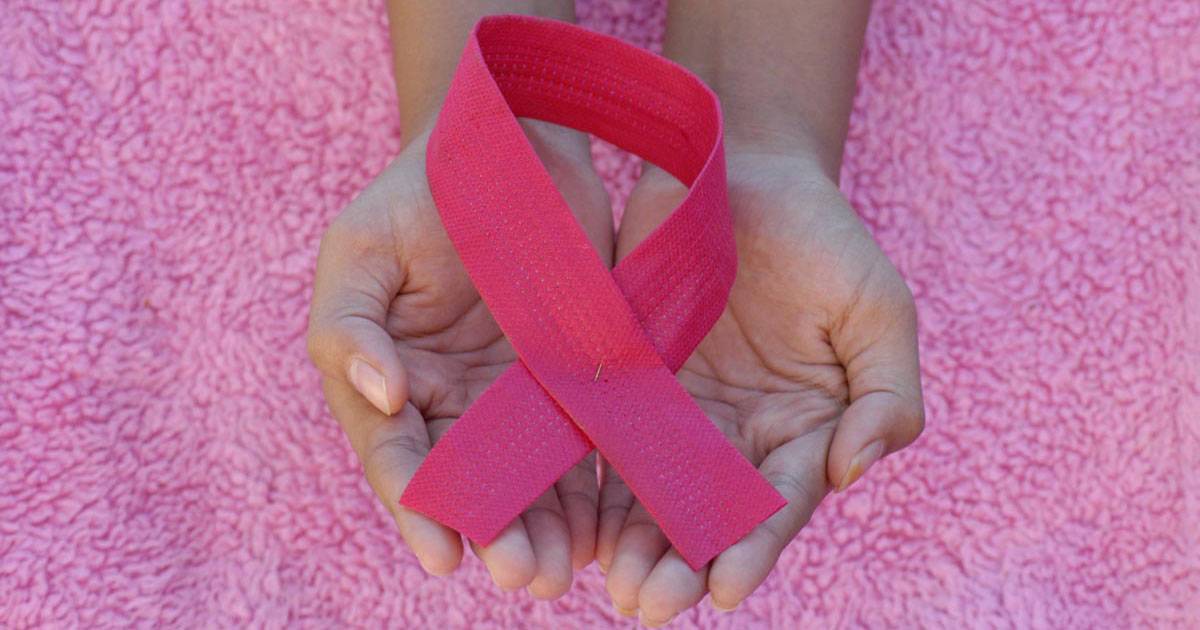As doctors’ clinics remain difficult to access for patients amid the pandemic, learning how to do primary care and assessment at the home setting has become vital to healthcare. If you are the primary caregiver of a diabetic family member, this means that it’s important you learn how to accurately check blood sugar levels at home.
It cannot be stressed enough how important primary care at home is in terms of the overall process of healthcare delivery. This is because at-home caregivers are able to monitor the patient more frequently, and therefore, provide doctors with deeper insights on symptoms that they can’t observe themselves.
However, one more hurdle you may encounter in this process is ensuring the accuracy of assessments – especially if you have no medical training. For without accurate results, doctors can’t form a correct diagnosis and, subsequently, a treatment plan.
This quick step-by-step guide will break down for you the simple process of a blood glucose test so that you can assure accurate assessments. To help you give better care for your diabetic loved one, you will also find care tips to add to your routine.
How to do accurate blood sugar tests at home
Thankfully, the blood glucose test is a simple procedure that, as long as you follow this guide, you’ll be able to do perfectly well at home. Here’s what you need to do:
1. Schedule the ideal timing to do the check
Getting an accurate result for a blood sugar test heavily relies on both technique and the timing of the test.
When it comes to timing your blood glucose tests, there are a few important considerations you need to take note of:
- Diagnosis. Are you conducting the test for a family member with Type 1 or Type 2 Diabetes? These conditions affect the body differently, and therefore, testing for blood glucose may vary.
- Medications. Medications like insulin affect blood sugar levels. It is best to test for blood glucose at least two hours before, or after delivering your insulin dose.
- Food and drink intake. Food and beverages are the body’s sources of glucose. When testing, make sure that the person you’re testing has not had any food either 2 hours after eating or 12 hours before eating to ensure that their blood sugar levels are at their lowest.
Taking from that, you can time your tests either:
- Every 12 hours. Or less, if your family member doesn’t eat full or heavy meals.
- 2 hours after any intake. Intake simply means food, beverages, and/or medications that are ingested. Make sure to only test once a 2-hour period passes.
2. Gather the tools for the test
Like most diagnostic tests, the checking for blood sugar levels also requires a few tools. But compared to other procedures such as a complete blood count (CBC), you don’t have to be drawing out a lot of blood and running it through technical machines.
 Photo courtesy of Nataliya Vaitkevich via Pexels
Photo courtesy of Nataliya Vaitkevich via Pexels
Because diabetes is a disease that afflicts many people – 493 million, according to a 2019 estimate of diabetes prevalence – around the world, scientists have developed a convenient tool that gives patients and their home caregivers the ability to test and monitor blood sugar levels in a simple and convenient way.
The device is called the glucometer or more commonly known as glucose monitors. There are many choices for glucose monitors out in the market these days, all with accuracy guarantees and at reasonable prices.
Some other tools you need along with your glucometer are:
- Glucose strips that are compatible with your glucometer.
- Alcohol swabs or cotton balls soaked with alcohol.
- Sterile lancet.
- Clean gloves.
3. Insert the glucose strip into the glucometer
You have to double check if your glucose strip is compatible with your glucometer. It helps to buy them as a set. Take note of where you bought your glucometer so you know where to run to when you need to restock on glucose strips.
Once you’ve confirmed that your glucose strips are compatible with your monitor, insert it into the slot indicated for the strip, which is usually found at the bottom of the device. The device will turn on, automatically.
4. Prick the side of any finger to draw out blood
Take your lancing device or lancet and prick the side of any finger on the non-dominant hand of the person you’re testing. Make sure to prick the side of the fingertip so it’s less painful for your patient.
5. Have the blood drip onto the strip
After drawing out a small drop of blood, let it drip onto the testing strip and make sure that the tiny slot for the blood is filled.
After that, wait for a few seconds and the results will be displayed on the screen of your monitor.
6. Interpreting the results
Once the results are readable on the screen, record the findings in a notebook that you bring whenever you visit the doctor for routine check-ups. Doing so also helps you keep track of your regular blood sugar levels so that you are able to spot any major discrepancies.
You can refer to this table for a basic guide on interpreting the results:
 Source: Asean Endocrine Journal, St. Lukes PH, Makati Med PH, Endo-Society PH.
Source: Asean Endocrine Journal, St. Lukes PH, Makati Med PH, Endo-Society PH.
What to do based on the readings
When unsure of what to do about your blood glucose test findings, always seek the opinion of a doctor so that a care plan can be mapped out. Go visit the doctor when:
- Blood sugar is too low (hypoglycemia) and it’s not increased by regular food intake
- Blood sugar is too high even after an insulin dose or two- to 12-hour fast
For non-urgent consultations, you can also book online doctors consultations so you can avoid long waiting lines at hospitals or clinics.
How to manage your blood sugar at home
Diabetes care and management is a practice that should be carried and practiced consistently at home. After all, a doctor can only do so much with the contact provided only at the hospital setting. Ultimately, the overall care of your diabetic family members should continue at home and must be practiced religiously.
Thankfully, management and care for diabetes are as simple as:
- Improving your diet. Avoid snacks or food that contain too much fat, salt, and sugar.
- Exercise regularly. Physical exercises use up glucose to power your body. Additionally, exercise also helps your body use insulin more effectively and improves your metabolism.
- Minding your medications. Once diagnosed with diabetes, your body will need the help of these medications to keep your blood sugar levels managed. Take your doses in a timely manner. Consult with your doctor about other medications that will go with your diabetes medications, as there are some that affect your blood sugar, as well.
Primary care and assessments done at home are essential parts of the overall patient care that you can actively take part in. Learning simple healthcare procedures like a blood glucose test not only allows continuous delivery of care but assures you that you are in control of your own health and well-being.
































Leave a Reply